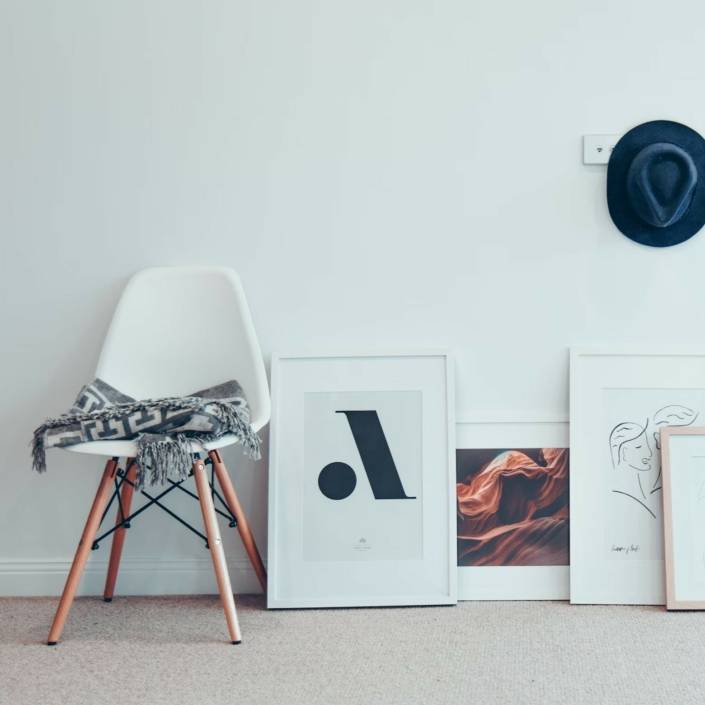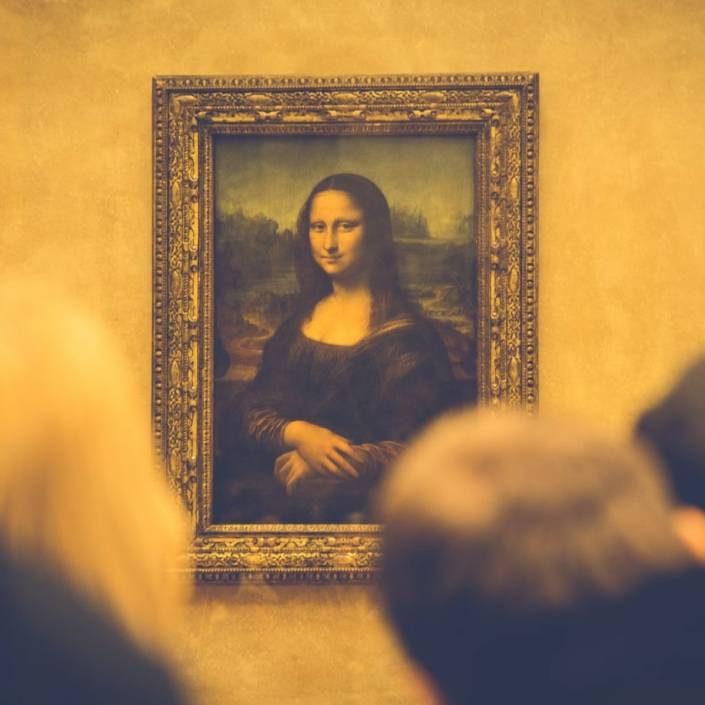Money Sullies Art: Sovereignty Guaranteed
Is it possible for artists to undertake public or private commissions and keep their integrity intact?
Words: Carrie Miller
THE IDEA that artists make the work they want to make and sell it in an open market- place is a very recent one. Some of the most iconic work of the Western canon isn’t the product of the singular inspiration of an individual creator; it’s the result of a commercial transaction where artists are in the employ of public institutions and private citizens.
While contemporary art continues to be residually defined by romantic, modernist ideas about original authorship and individual genius, the reality is that artists have never stopped accepting sometimes very lucrative commissions from governments, corporations, and individual collectors.
The question that preoccupies the purists among us continues to be: is it ever possible for artists to undertake commissions with their professional integrity (and sometimes personal dignity) intact?
New Zealand artist Mike Hewson, who has gained critical attention for his large-scale public interventions, recently completed a public commission for Wollongong, a major regional Australian city. The resulting work – that includes a live, uprooted tree up a pole – is installed in the city’s central mall.
It’s highly successful by any critical standard, disrupting and transforming a previously banal public space in an unexpected and original way.
So, how did he manage to navigate the potential pitfalls of entering into a commercial relationship with a government organisation? According to Hewson, it can be an “exhausting process refining a design to be elegant, durable and faithful to the original concept”, one that requires the artist to “constantly innovate and fight to ensure concepts are not diluted or butchered during the design and installation process”.
While Hewson is describing his experience of creating a public work – a process necessarily constrained by complicated statutory considerations imposed by faceless bureaucrats – private commissions present their own set of challenges. Potentially, they provide a greater scope for artistic freedom.
And it’s generally obvious at the outset when an artist is going to be pressed into the service of private interests, whether it be a wealthy businessman wanting their ego stroked with a flattering portrait, or a multinational engaging in a cynical band promotion exercise by associating themselves with high culture.
But this isn’t always the case. To cite one example, a well-known Australian painter was asked to create a large-scale installation for the foyer of the corporate headquarters of an international bank. The artist accepted the commission on the basis of guaranteed sovereignty over work within the context of the broad brief to create a visual interpretation of the company’s history.
He found out too late that this was wishful thinking on his part. During a studio visit to view the final product, a senior corporate representative pointed to a purposeful paint drip near the bottom of the canvas and said: “I assume you’re going to remove that.” Enraged, the artist – who is celebrated for precisely these types of painterly marks – offered to expunge the offending drip. He told the banker he had a “chainsaw out the back” and was more than happy to cut it out.
Hewson is very upfront about the fact that, in order for an artist to achieve their vision, they must face the commercial realities of undertaking a commission. This includes “a good insurance broker, a good lawyer, a good knowledge of how much things realistically cost”.
These are precisely the aspects of commis- sions that make art world purists squeamish. But without pragmatists like Hewson, the public spaces and corporate buildings that benefit most from being creatively and conceptually animated by commissioned artwork would remain soulless, concrete voids that do nothing to lift the banality and drudgery of everyday life.
Image: Mike Hewson, Palm Pole, 2018. Live palm tree, structural steel, pier foundation, computer-controlled irrigation system and other materials, dimensions variable. Courtesy: The artist.









